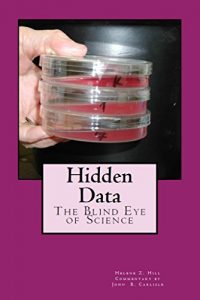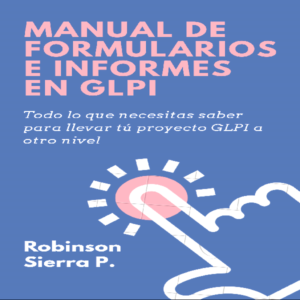A story of scientific misconduct told by a Professor of Radiology at the New Jersey Medical School in Newark, NJ, who witnessed it and then tried to get the authorities to deal with it. She first reported it to the Campus Committee on Research Integrity who ruled there was not enough evidence in spite of two eyewitness accounts of very suspicious behavior. She turned to the Office of Research Integrity (ORI) of the US Public Health Service. They found more incriminating evidence in the form of suspicious patterns in certain numbers, yet they supported the University while advising the whistle-blower to present the government’s findings to the University. This she did, only to fail again. She decided to file a suit for qui tam, in which she represented the government in charging that it had been defrauded. This, too, failed. The judge did not understand the science. The Court of Appeals agreed, but one of the judges even admitted that they were just judges and that she, herself, had never had a science course in her life. The loss was costly – over $200,000 -- but during Discovery, the whistle-blower obtained scans of all the relevant experiments performed in the laboratory over an eight-year period that encompassed the four-year tenure of the suspected Research Teaching Fellow (RTS) scrutinized in this book. In all, the analysis covers approximately 400 experiments, about 60% of which were performed by the RTS, the rest — unwitting controls — by others in the Lab. Statistical analysis of the numbers behind the ensuing graphs in eight scientific reports and a successful grant funded by the federal government reveals that the data generated by the RTS are extremely irregular, while similar data produced by nine other members of the Lab were entirely consistent with expected chance distributions. Numerous attempts to publish the statistical analysis failed but at long last two on-line journals dared to reveal the truth.
The book demonstrates the reticence of authorities involved to deal effectively with scientific misconduct. These include the University and its designated Campus Committee for Research Integrity, the ORI, the courts, and the publishers of scientific journals. Fear of lawsuits and loss of funding overwhelms any obligation to make the scientific record straight. This book is a wake-up call for science and the public to monitor the record and demand the truth.
The book demonstrates the reticence of authorities involved to deal effectively with scientific misconduct. These include the University and its designated Campus Committee for Research Integrity, the ORI, the courts, and the publishers of scientific journals. Fear of lawsuits and loss of funding overwhelms any obligation to make the scientific record straight. This book is a wake-up call for science and the public to monitor the record and demand the truth.












